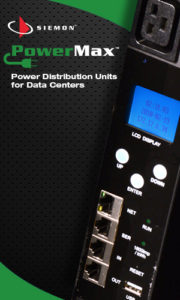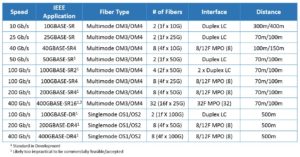Delivering Assured Availability Your Customers Can Count On

According to recent reports, one minute of server downtime can range anywhere from USD $1,670 per server to $16,700 depending on the size and scope of the business impacted. The cost of downtime continues to be cited as one of the primary reasons that businesses entrust their IT infrastructure to Cloud and Managed Service Providers.
- In March 2015, a 12-hour Apple store outage cost the company $25 million.
- In August 2016, a five-hour power outage in an operation center caused 2,000 cancelled flights and an estimated lost of $150 million for Delta Airlines.
- In March 2019, a 14 hour outage cost Facebook an estimated $90 million.
Downtime can affect anyone, no matter the size and complexity
of an organization’s IT infrastructure, downtime can still strike.
As a service provider delivering business-critical applications, you understand the importance of meeting your SLAs and the financial impact when you don’t. While you can certainly gain a competitive advantage by offering 99.999% availability, you actually have to be able to meet that commitment or face the potential consequences of SLA failure including additional financial costs, reputation damage, and even the possibility of legal repercussions from customers who experience negative business impact. To add fuel to the fire, you need to assure this availability all while supporting ever more devices and growing your business.
You’re Only as Good as Your Foundation

While maintaining “five nines” availability can be challenging, the good news is that technology has come a long way, allowing you to provision resources in a way that ensures continuity of operations. Advancements in virtualization, software-defined networking, real-time monitoring, remote data mirroring and cybersecurity combined with reliable, easy-to-repair equipment and redundancy to eliminate single points of failure, all go a long way in helping you deliver on your availability SLAs. But all of that technology and redundancy is only as good as the underlying cabling infrastructure.
Layer 1 infrastructure is the foundation that supports everything you do, and its importance should never be underestimated. Without a highly-functioning infrastructure, data transmission can be stopped in its tracks, making the delivery of high availability virtually impossible, regardless of any other measures you take. It’s also important to remember that infrastructure isn’t something that is deployed once and left alone. As a successful Cloud and Managed Service Provider you’re constantly adding new services, more capacity, and new devices, and like your other services you need infrastructure solutions that are able to scale as needed and support fast and easy deployment whilst maintaining reliability. With human error typically accounting for approximately 50% of downtime, it’s also always important to ensure that your infrastructure is intuitive and easy to use.
What to look out for:
Whether it’s the copper or fiber cable and connectivity that provides the means for high-speed data transmission, Power Distribution Units (PDUs) to distribute power to active equipment, or the support systems that house and route all your assets, there are few key features to look for:
- Advanced cable management with superior cable protection, improved airflow and ample capacity
- High-density connectivity that maximizes space whilst enabling simple moves, adds and changes
- Superior transmission performance to support uptime, bandwidth and low-latency for current and future applications
- Preconfigured custom solutions to meet your environments exacting needs, streamline deployment and support cost reduction
- Intelligent infrastructure solutions with real-time visibility and monitoring capabilities
Assuring Availability, however, goes beyond reliable, scalable and easy-to-deploy components that comprise the infrastructure. It’s also how well you design the infrastructure and how easy it is to acquire solutions that meet your project deliverables, your budget and your schedule.
To that end, breadth of product, value-added services, superior on-time delivery and an excellent supply chain should also be front of mind when selecting a provider for your infrastructure solutions. At times like these when delivering a solid foundation for Assured Availability, look to industry leadership, reputation and experience.
Useful Links:


 In most markets, Category 6A/ Class EA copper twisted-pair cabling has dominated in the data center for 10 gigabit Ethernet links. Now as the demand for high-speed, low-latency access to information continues to grow, server interconnect speeds are increasing beyond 10 Gig and the feasibility of twisted-pair copper cabling. That means network professionals like yourself are faced with choosing between
In most markets, Category 6A/ Class EA copper twisted-pair cabling has dominated in the data center for 10 gigabit Ethernet links. Now as the demand for high-speed, low-latency access to information continues to grow, server interconnect speeds are increasing beyond 10 Gig and the feasibility of twisted-pair copper cabling. That means network professionals like yourself are faced with choosing between 



